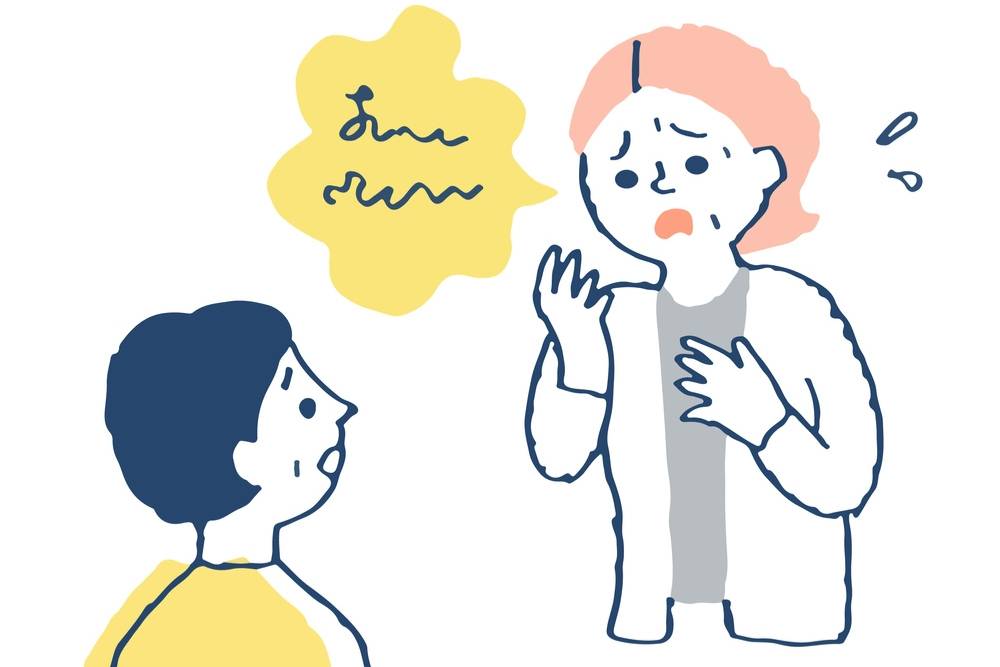What do Bruce Willis, Emilia Clarke, and Sharon Stone all have in common? Other than being incredibly successful in the realm of entertainment, these actors are also just a few of the many celebrities have been diagnosed with a disorder known as aphasia.
But what is this condition, and how does it affect the lives of those who have been struck by it?
What Is Aphasia?
Aphasia is a language disorder that impacts how well a person communicates, whether written or verbal. It can result from any kind of brain injury – such as a stroke, tumour, or neurological disorder – that affects the brain’s language centres, which are located on the left hemisphere. The severity of this disorder can vary across individuals.
Types of Aphasia
There are several types of aphasia, each with its own distinct characteristics.
- Expressive aphasia (Broca’s aphasia): Also known as “non-fluent aphasia”, people with this specific condition struggle to communicate their thoughts verbally. They face difficulty forming sentences, and often have to resort to short, simple messages.
- Receptive aphasia (Wernicke’s aphasia): This impacts a person’s ability to understand language. They are able to speak fluently, but may produce sentences that are nonsensical or irrelevant. It also impedes one’s ability to write and read.
- Global aphasia: The most severe of aphasia, affecting both expressive and receptive language skills. People with global aphasia have immense difficulty talking, understanding others when they speak, reading, and writing.
- Anomic aphasia: While they can speak well, individuals with this type of aphasia have trouble finding the right words, leading to pauses or circumlocutions during conversations, and this is also reflected in their writing. However, they retain their ability to read.
Unfortunately, anyone can develop this condition, and its symptoms often go unnoticed by others due to its invisible nature.
The Unseen Burdens of Aphasia

For people living with aphasia, it can feel like navigating a maze of misunderstood words and unspoken thoughts. Even simple tasks like ordering a meal or answering a phone call can transform into formidable trials, leaving them feeling helpless and unheard.
The symptoms also go beyond just the capacity for speaking. For some, being unable to enjoy the comforts of reading and writing can negatively influence their quality of life.
Furthermore, the constant failure to effectively express their thoughts and emotions can hinder one’s ability to connect with others on a meaningful level.
“For many persons with aphasia where finding the right words even for everyday objects is a struggle, talking about feelings and other abstract concepts is simply impossible,” said Speech and Language Therapist Evelyn Khoo, Founder of Aphasia SG, in CNA.
The frustration can become overwhelming and affect their confidence, leading to decreased self-esteem, and even heightened feelings of loneliness.
According to Ms Khoo: “Some patients withdraw from their social circles because even family and friends do not comprehend their condition. Over time, a person with aphasia might suffer from social isolation.”
Moreover, the belief that those with the condition are intellectually lacking only serves as pressure for them to pull back further from society.
“People often associate fluency with intelligence; we think that somebody who’s eloquent is very intelligent,” explained Ms Khoo.
“But a person with aphasia knows far more than they can express. They have a wealth of knowledge in their minds – they just have difficulty communicating it.”
Is Aphasia Curable?
Aphasia can be manageable, and may even be treatable through speech and language therapy, as proven by celebrities like Clarke, who is still active in the industry even today.
However, the reality is that for many, this condition remains a lifelong struggle – even with therapy, they may never be able to fully recover their language skills.
How Can We Support Individuals with Aphasia?
As such, destigmatising the issue by creating awareness and understanding about aphasia is important for fostering empathy and support for those affected. On an individual level, we can acknowledge the problems faced by such individuals, and adapt our communication strategies to accommodate their needs should we be interacting with them.
- Catching their attention before we start speaking, and maintaining eye contact.
- Removing environmental distractions like background music.
- Speaking slowly but respectfully, and using simple words to convey ideas.
- Pinning the conversation to one topic at a time.
- Downplaying any communication errors.
- Being patient and allowing them to respond at their own pace, and asking “yes” or “no” questions if a point requires clarification.
Little displays of kindness can go a long way. Let’s work to bridge the gap and cultivate a sense of connection with others that transcends words.

